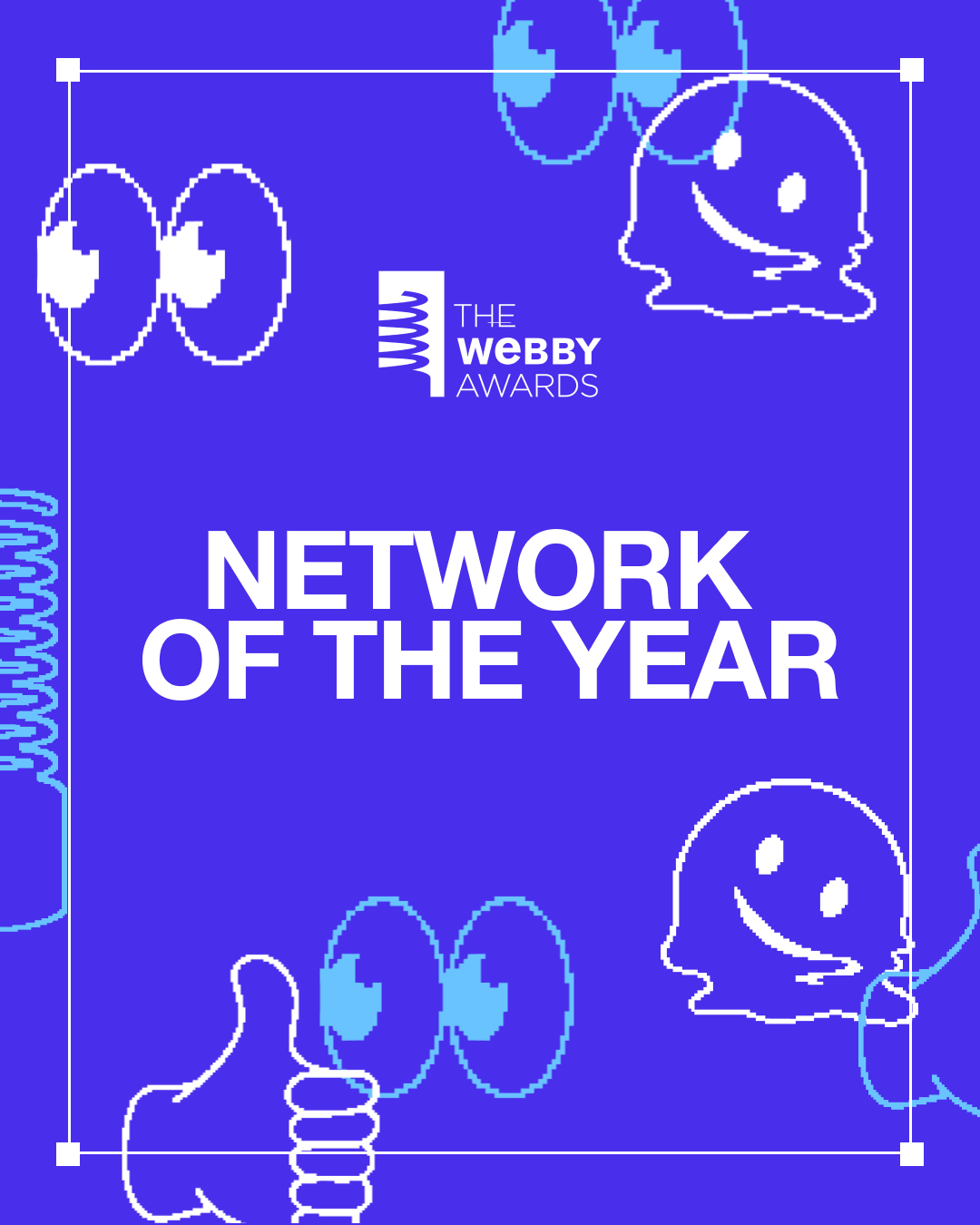Are NFTs bad for the environment?

TL;DR, are NFTs bad for the environment?
Traditional methods of minting and verifying NFTs are indeed energy-intensive. Most of today’s NFTs live on OpenSea, an Ethereum-based platform that is notorious for consuming energy. In these cases, yes, NFTs are harming the environment.
However, there are carbon-neutral blockchains on which NFT marketplaces can be built. These operate differently, with minimal energy consumption. If you leverage an NFT marketplace like this, then NFTs can easily be carbon neutral.

Some NFT terminology
Before we dive into the specifics of NFTs and their impact, it’s important to understand a few terms we’ll be throwing around.
NFT: A non-fungible token. Essentially, this proves ownership of an asset on the blockchain.
Proof of work: validation method that confirms transactions (including NFT transactions). This method requires a lot of computer processing, which consumes a lot of energy.
Proof of stake: a different validation method that uses considerably fewer validators. This method requires much less energy.
Ethereum: An open-source blockchain. Companies can use Ethereum to build digital products.
OpenSea: The largest NFT marketplace, built on Ethereum.
Traditional NFT platforms
The first major NFT platform was OpenSea, and today it represents about 60% of bought/sold NFTs. Because OpenSea was the first major platform, users flocked to it. So did brands.
OpenSea is built on the Ethereum blockchain platform, and Ethereum uses proof of work to validate transactions.
This is a bit unfortunate because NFTs are not inherently bad for the environment. Rather, proof of work is bad for the environment (there is some nuance to this of course). OpenSea (and most NFTs) just happened to be built on this platform, cascading the impact to NFTs.
Luckily, alternatives have emerged. Users and brands no longer need to rely on OpenSea and other proof of work platforms.

Eco-friendly NFT platforms
By using proof of stake instead of proof of work, the energy consumption of blockchain transactions like buying/selling NFTs is reduced by about 99%.
For any brand wanting to leverage NFTs in a sustainable way, you can do so with a proof of stake platform.
Today, there are a few platforms that use this kind of validation, the major one being Algorand.
For Algorand, sustainability is a core component. As the world’s first pure proof of stake blockchain, the Algorand network is designed to minimally impact the environment. Because it’s pure proof of stake, it requires minimal computational power or electricity. Algorand has been a leader in minimising the environmental impact of blockchain technology.
Brands can quickly build and launch their own NFT marketplace on the Algorand blockchain using the open-source project Algomart. Algomart is a carbon-negative, white-label solution that is fully customisable for brands, created by the engineering team here at DEPT®.
It’s also important to call out that Ethereum is in the process of what it calls “The Merge”, where the current Ethereum Mainnet will merge with the beacon chain proof of stake system. This will complete the transition to proof of stake for Ethereum, set to finish later this year. According to Ethereum, this will “start the era of a more sustainable, eco-friendly Ethereum.” If all goes according to plan, this should be a big step in helping brands gain more confidence in experimenting with NFTs without having to sacrifice their sustainability goals.
The bottom line is this: NFTs are not the emission-heavy technology that they’re often painted as. It wholly depends on the technology underpinning their transactions. By using carbon-neutral technology, any brand can mint, sell, and re-sell NFTs without going against their principles.
To learn more about NFTs, and levering eco-friendly tech, reach out to the web3 team at DEPT®.
Interested in creating an NFT marketplace? Reach out.
More Insights?
View all InsightsQuestions?
Sr. Content Marketing Manager



